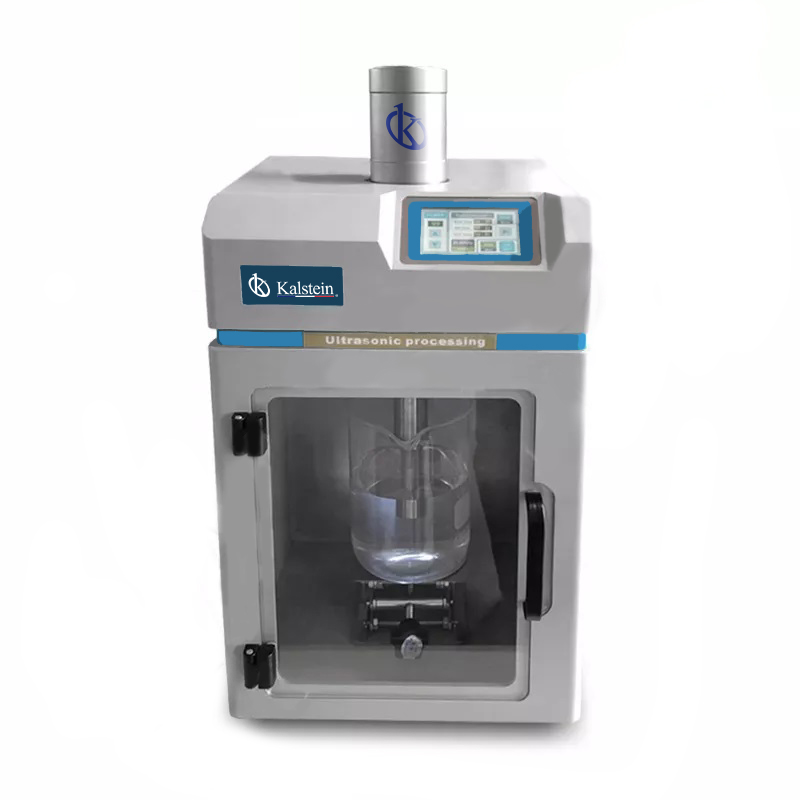The crude mixture of destroyed cells is known as the homogenate. During the centrifugation of a cell homogenate, larger particles sediment faster than small ones, which makes it possible to obtain crude organelle fractions by means of differential centrifugation.
The first step in any analytical process in which the cellular content must be released, consists of the homogenization of tissues and the rupture of the cell. This provides us with a crude mixture that can be used as a starting material in analytical processes, or for the determination of enzymatic activities or metabolic studies when the incorporation of a certain metabolite by intact tissue is difficult. We can also use other homogenized tissues for the separation of cellular components (cellular fractionation), in metabolic compartmentalization experiments (determining in which part of the cell a metabolic process or pathway occurs).
What should we take into account when preparing a homogenate?
The biological material to be homogenized must be selected so that it is rich in the organelles of interest, and also very active in the metabolic pathway to be studied.
For example, if we want to study the respiratory chain, we will select a tissue rich in mitochondria, such as fresh liver. If we wanted to isolate nuclei, we would take a piece of thymus. We also have to take special precaution that the solution in which the homogenization is carried out must be isotonic (generally sucrose solutions). Cell fractionation is done by differential centrifugation (at different speeds and for different times), thus it is possible to separate nuclei, chloroplasts, lysosomes, mitochondria, microsomes. The cytosol content remains in the supernatant from the last centrifugation.
Many enzymes and proteins are heat labile (they are denatured by the action of temperature) therefore these homogenization processes must be carried out cold (generally at 4ºC in cold rooms).
What methods to use to prepare a homogenate?
The methods used for cell disjunction are primarily based on the fact that cultured cells are generally easy to disrupt. This is achieved by osmotic shock, freeze-thaw cycles, or by digestion with enzymes (proteases and lipases).
Another way to break animal cells is the case of organic solvents such as toluene. however, yeast and plant cells have a tough and resistant cell wall that requires a combination of enzymatic and mechanical methods to break it. Enzyme methods involve the treatment of plant cells with pectinases and cellulases. In the case of yeasts, its wall is broken with lysozyme (a mixture of enzymes).
Among the physical methods we have:
- Grinding with mortar (in the presence of an abrasive agent such as alumina).
- Shaking in the presence of small glass balls (it is widely used in yeasts, but in plants the organelles can be damaged).
At Kalstein we are MANUFACTURERS of medical and laboratory equipment, at the best laboratory prices, at the best prices on the market. That is why we invite you to take a look HERE

